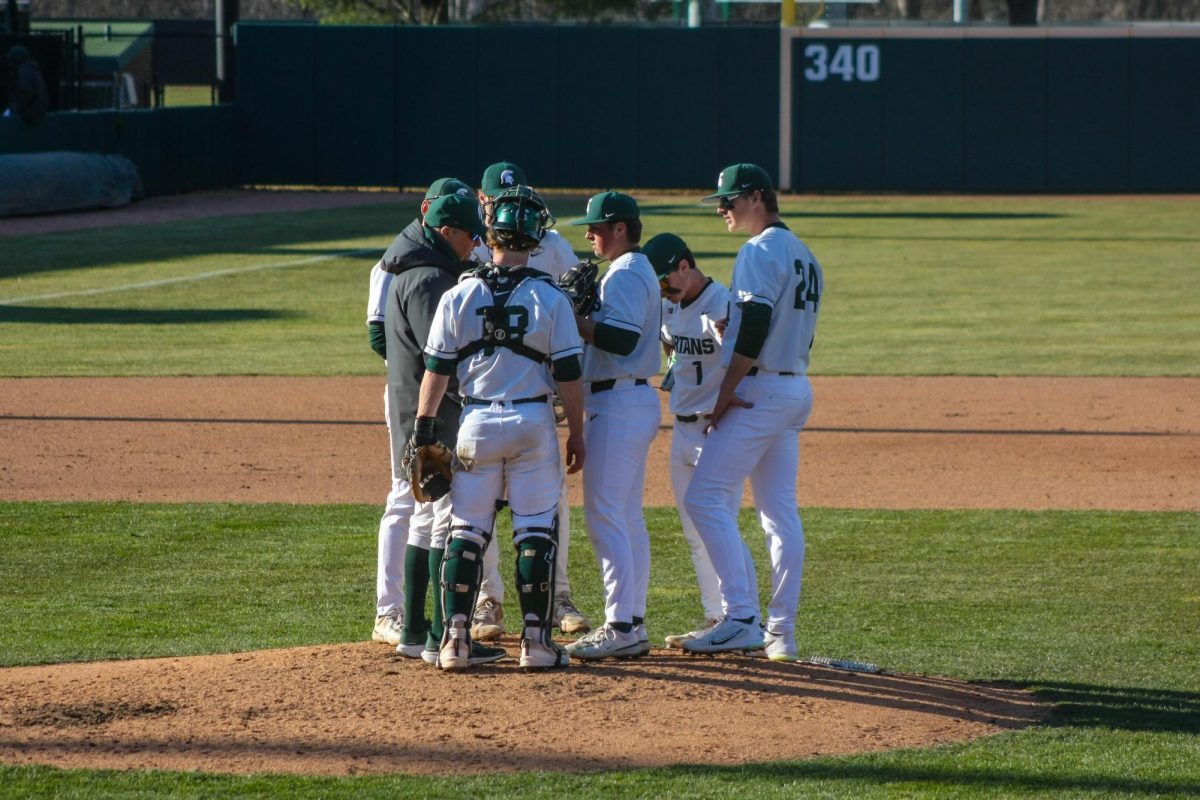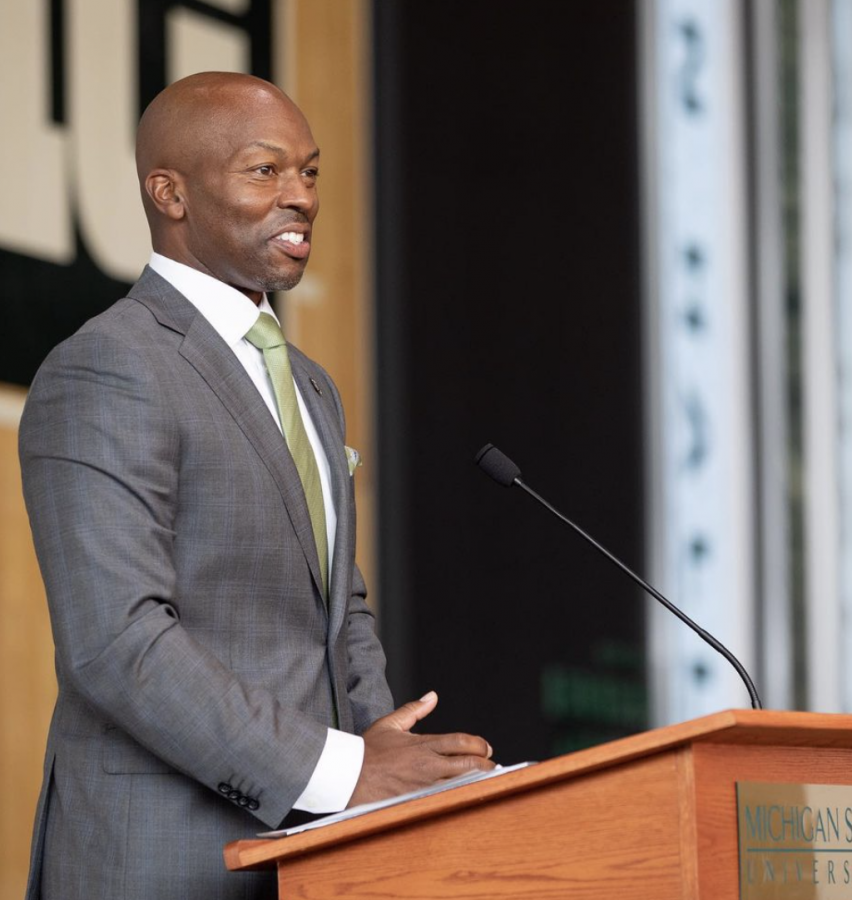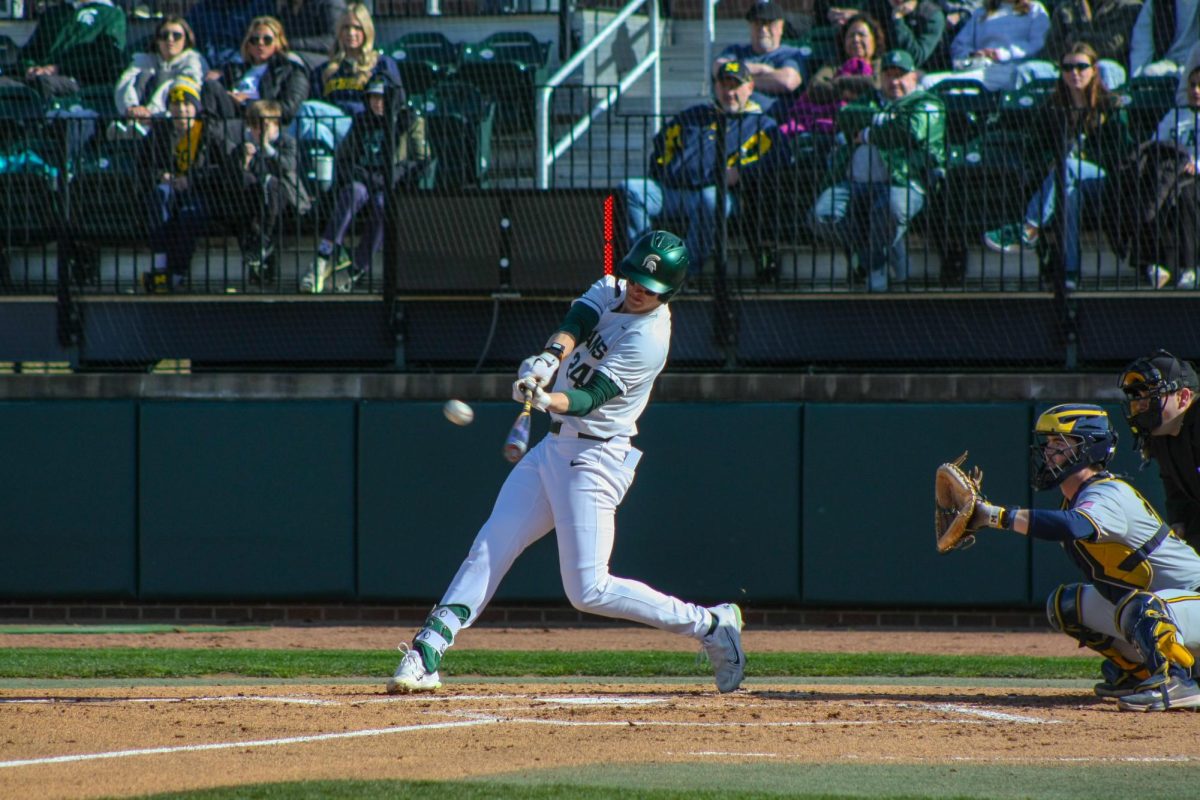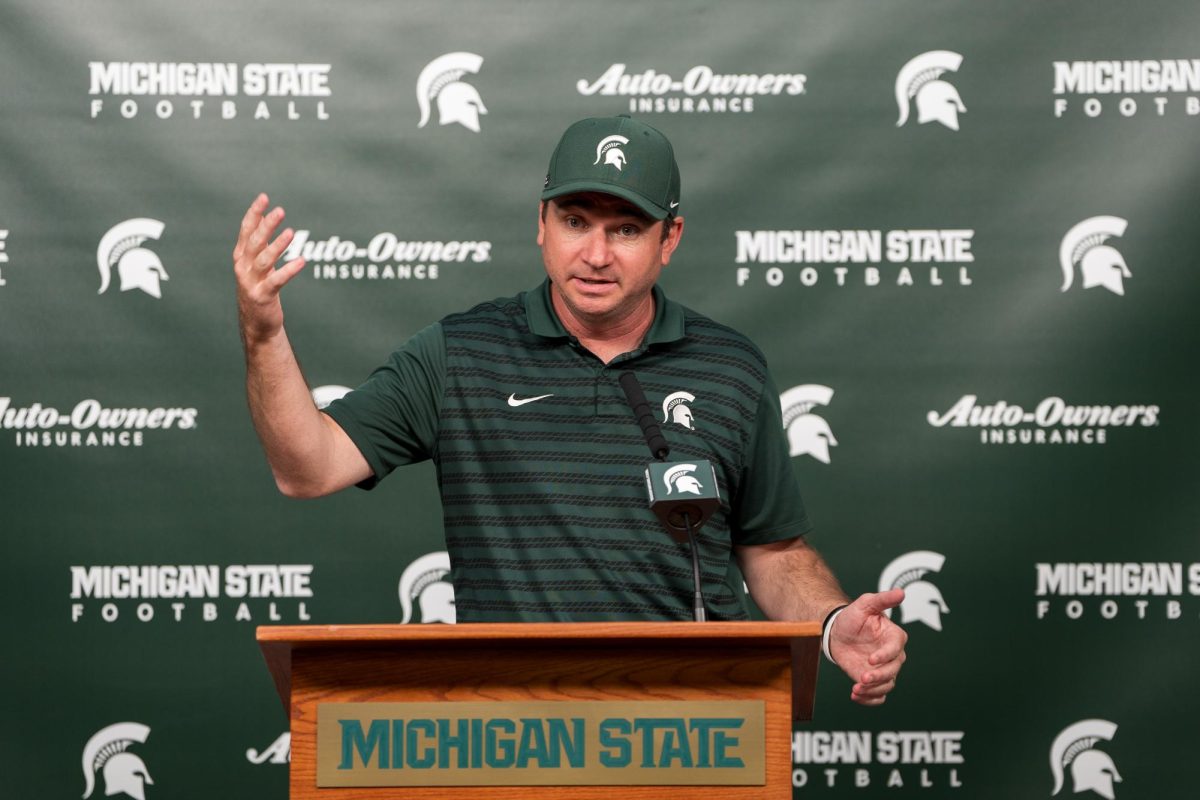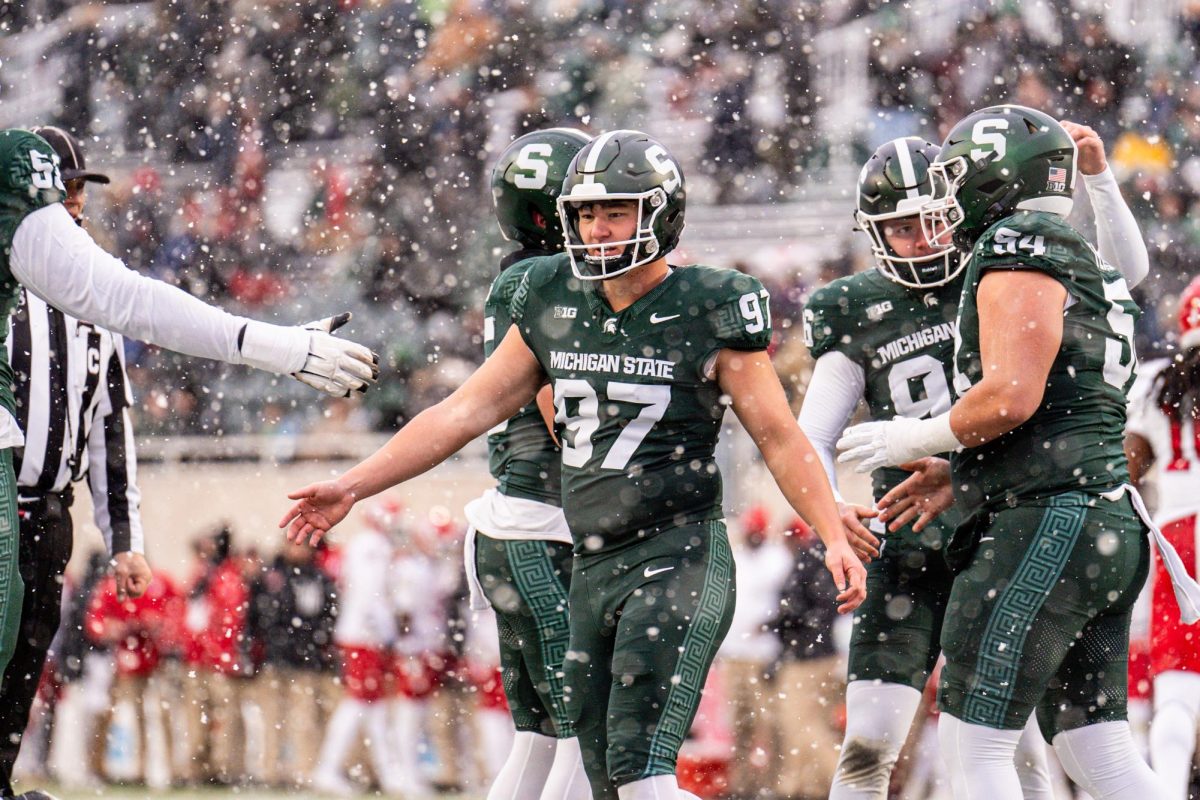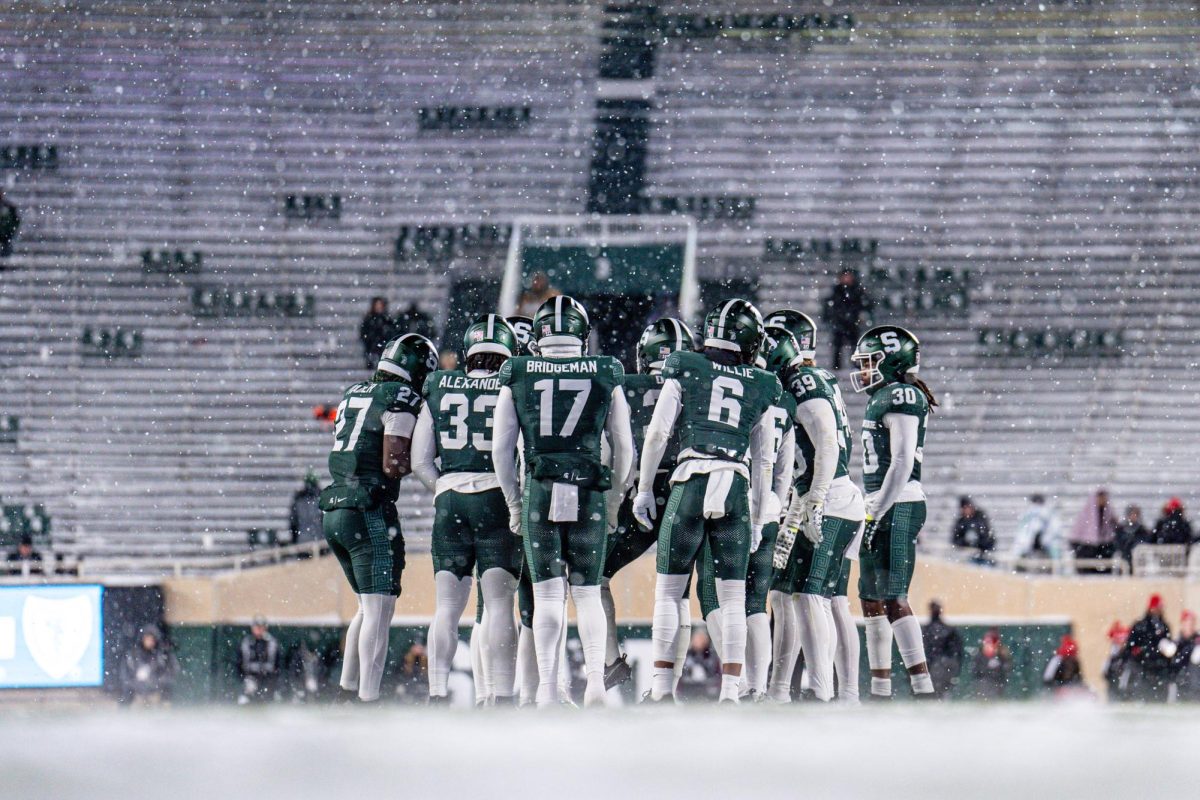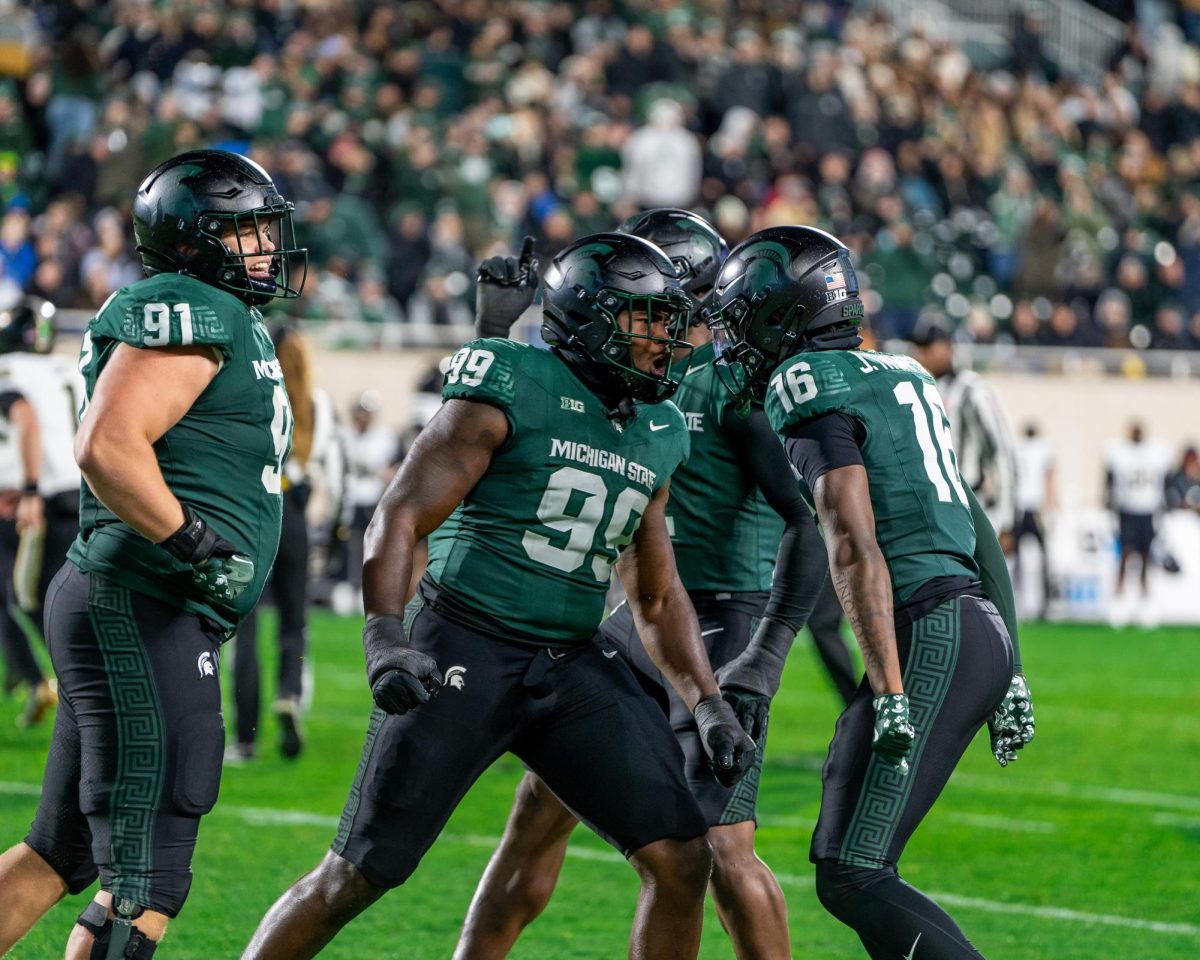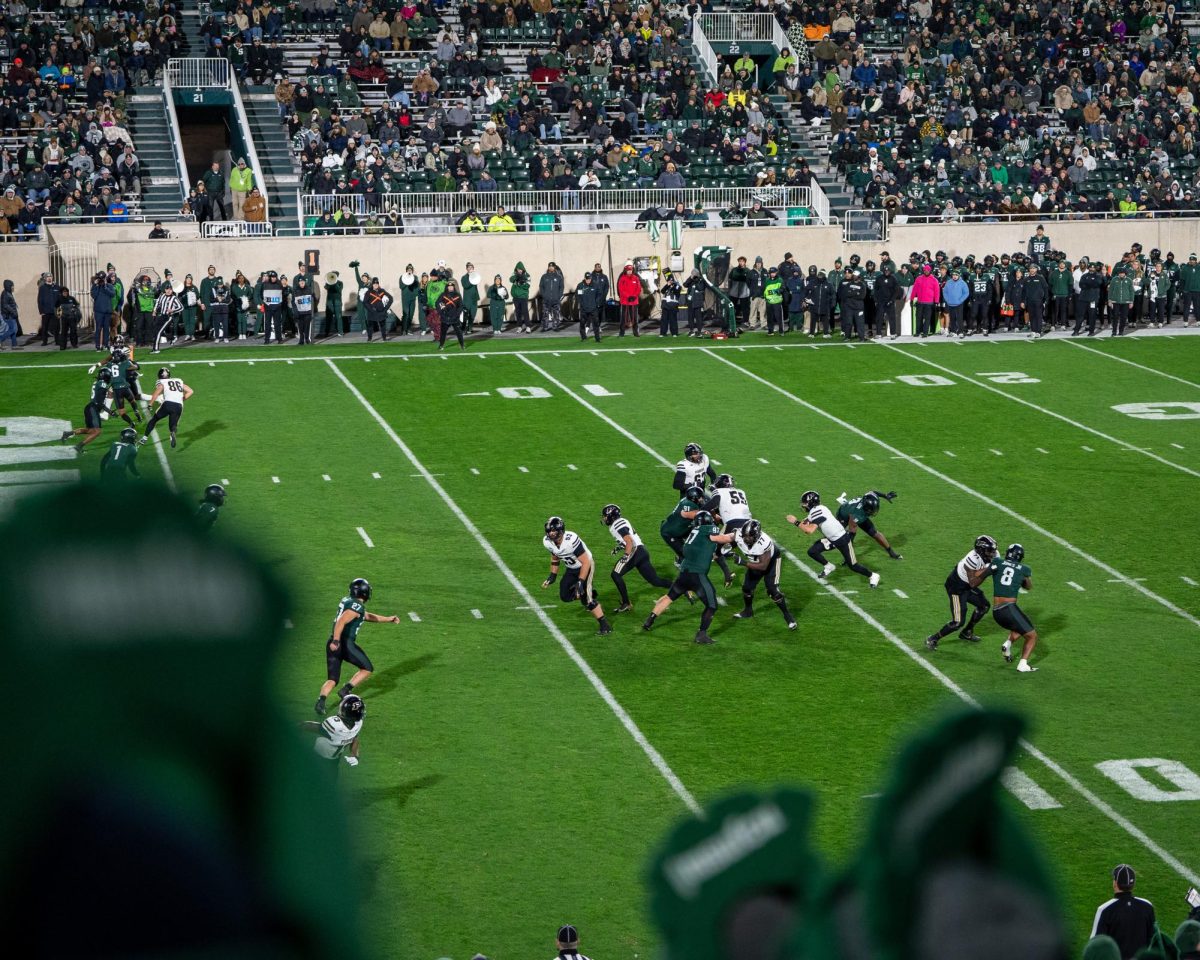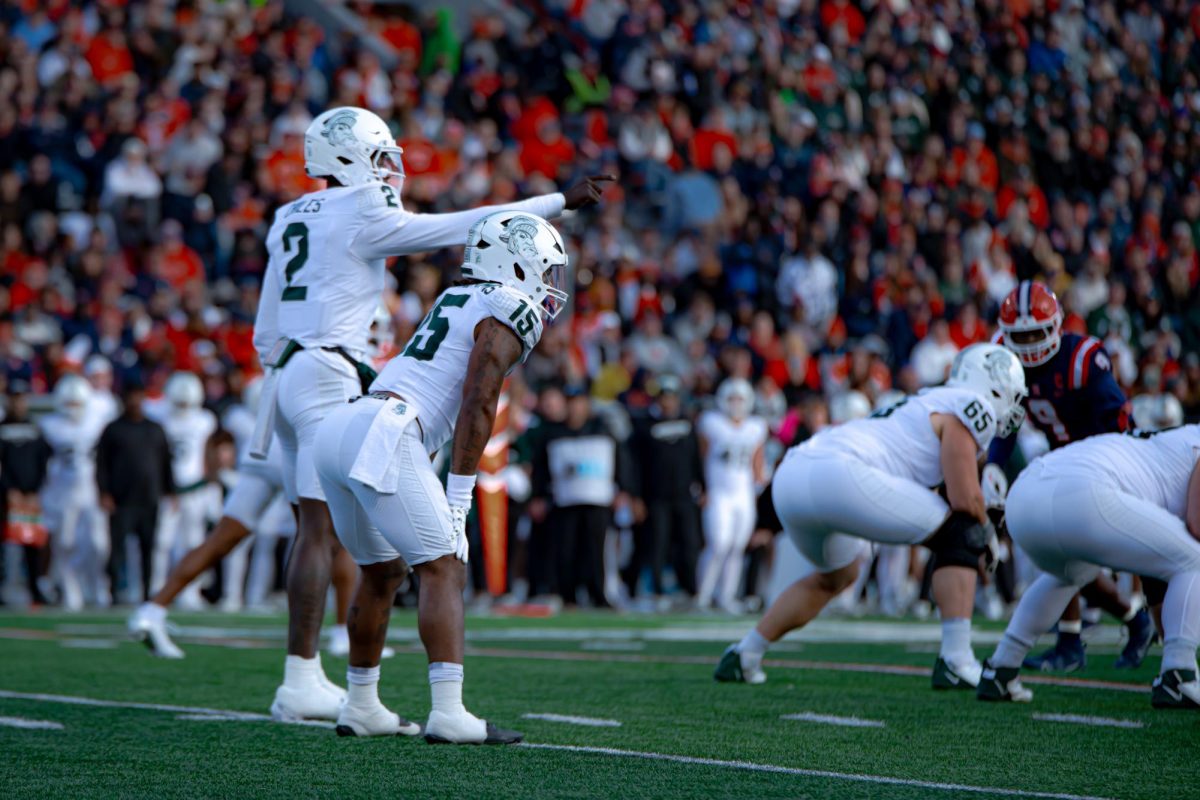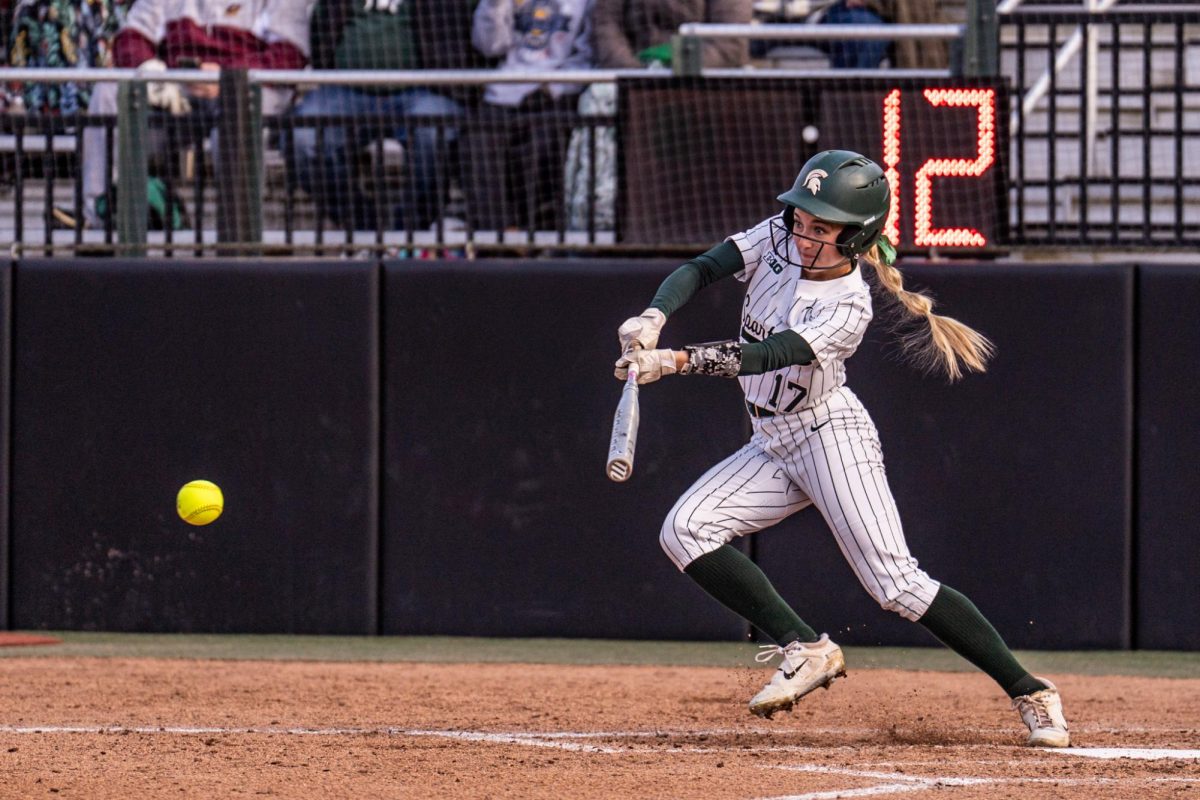Spartan fans observed in agony as the “no fly zone” secondary of 2013 gradually regressed into the “free fly zone” of 2016. Michigan State’s defense in 2013 was perhaps the best in the nation and led the Spartans to a Rose Bowl victory. Scoring as much as a measly field goal was a nightmare against this unit.
The secondary had a miniature backslide in 2014. Still, most quarterbacks were not talented enough to truly pick it apart. Plus, the Spartan offense was so excellent, that MSU could usually outscore opponents if needed. This is exactly how the Spartans beat Baylor in the 2015 Cotton Bowl just after the new year.
In the 2015 season, however, things took a turn for the worse. It was the first year without legendary defensive coordinator Pat Narduzzi, and the results showed. The Spartans had a deep run in the College Football Playoff, but it didn’t take very long for Alabama to figure out that MSU’s defense could be defeated by simply throwing it over their heads.
In 2016, the Spartan secondary was nothing short of a dumpster fire. Even worse, they lost four key men from that unit including cornerback Darian Hicks and safety Demetrious Cox who graduated. More importantly, co-defensive coordinator Harlon Barnett lost would-be junior corner Vayante Copeland, who left the program over the offseason, and would-be senior safety Montae Nicholson, who entered the NFL Draft.
The bad news is that MSU’s already-awful secondary lost almost every starter. However, each of these players had their issues. Hicks was undersized and struggled to keep his eyes on the ball when thrown in his direction. Cox played well sparingly, but the free safety was beat far too often on the deep ball. Nicholson was a hard hitter, which made him a quality strong safety, but was never big on pass protection.
Copeland’s story is the saddest of them all. A neck injury in early 2015 set him back on what was supposed to be a breakout season. He never really came back after that injury and an unrelated foot injury ended his 2016 campaign.
The result was a secondary unit that grabbed the fourth least interceptions in the Big Ten. They were in the middle of pack in passing yards allowed, but many of the yards allowed were on deep passes. They also struggled to defend one-on-one without interfering, which contributed to creating an MSU team that was the second most penalized team in the Big Ten.
Although the Spartans lost a lot of defensive backs, none of them were particularly good at protecting the deep ball. They were excellent tacklers, but not so strong with pass protection. The good news is that a medley of young and upcoming DB’s seem to be on the horizon to bring this unit back to respectability.
At corner, the projected starters are Josiah Scott and Justin Layne. Scott was ranked three out of five stars according to 24/7 Sports’ Composite Rankings. The 5’10”, 173-pound true freshman may not seem like much at first glance. But he came on the scene at the MSU Green-White spring game where he impressed with a team-tying eight tackles along with an interception.
Layne was originally recruited as a receiver, but found early success on as a defensive back. He has a unique combination of size and speed at 6’3” and 180 pounds. He played in nine games in 2016, and started for five of the last seven. He had racked up 18 tackles with one interception and was an honorable mention to the BTN.com All-Freshman Team.
Scott and Layne are both having an outstanding offseason and look to be the guys to beat at corner. They’re young, but they have natural ability that MSU’s secondary has missed out on for a few years.
The most experienced Spartan cornerback is Tyson Smith. The 5’11” 170-pound junior worked his way into rotation in 2016 and occasionally displayed a spark of energy. He recorded 13 tackles and four broken up passes, but a minor stroke caused him to miss the final three games of 2016 as well as the spring game. He is expected to play this year, perhaps as the No. 3 man behind Scott and Layne. However, it is unclear to what degree Smith is still recovering and whether or not this will impact his playing time.
Redshirt sophomore Josh Butler will also look to compete for time at corner. He played in every game last year, although mostly on special teams. Still, MSU co-defensive coordinator Harlon Barnett spoke highly of Butler’s progress over the offseason, claiming that players such as Butler have natural abilities that typically shine during their third year in a program. At 5’11” and 170 pounds, Butler will look to stay in the secondary’s regular rotation, and possibly compete for a starting spot.
Lastly, there is TJ Harrell, the 6’0” 198-pound linebacker who recently switched to the defensive backfield. He has 10 tackles in 21 career games and will provide depth for a thin secondary. Before Harrell takes the next step, however, he needs to learn more about the secondary as a whole, as he is not a cornerback by nature.
At safety, Khari Willis and Grayson Miller are the guys to beat. Willis is a 6’0” 215-pound junior. He recorded 30 tackles two pass break-ups in 2016, including a start at Michigan. Willis showed flickers of excellence last year and will look to build on that for a breakout 2017 campaign.
Miller, 6-3 and 208 pounds, recorded 20 tackles and two pass break-ups in 2016 along with two starts. Like Willis, Miller wasn’t particularly dominant last year, but had his moments. He may have the ingredients to come up big in 2017.
Although Willis and Miller look to start across from each other, a third man to keep an eye on is Matt Morrissey. He played mostly special teams last year, but that didn’t stop the 6’3” 209-pound junior from recording 20 tackles last year. He may be able to use that hitter’s body to compete for a starting spot. In any case, he will play a major role in what should be primarily a three-man rotation at safety.
The last safety to potentially make a big 2017 splash is everyone’s favorite Spartan, Jalen Watts-Jackson. Watts-Jackson, a 5’11” 184-pound junior, has eight tackles from 16 career games. He is most famous for returning a botched punt against Michigan for a game-winning touchdown in 2015, which we ranked as the third greatest MSU football moment in the Dantonio era. But this year, he may find regular playing time as a free safety due to his sharp speed. After all, there’s always room on the roster for a quickster with the talent to contain deep threat receivers.
Like many positions on MSU’s roster, the secondary will be inexperienced. Still, this isn’t necessarily a bad thing. After all, their 2016 secondary was quite experienced, yet it flopped.
It’s good that this unit is able to re-stock with talented youngsters. That said, most of these players are a year or two away from being truly dominant. They also lack depth, which leaves little wiggle room for injuries. Expect this group to lay down the foundation for success down the road, but overall struggle throughout 2017.
Grade: C-



